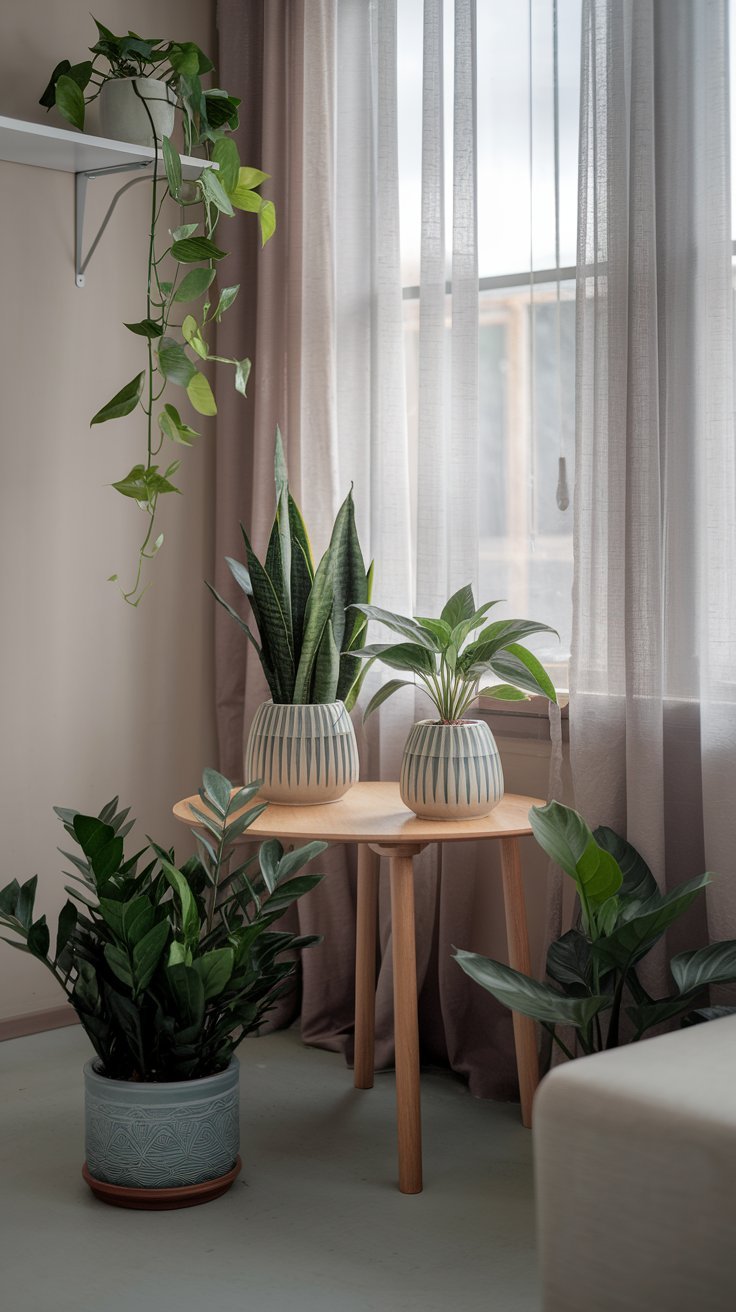Discover the top 10 indoor plants that thrive in low light conditions. Perfect for dim apartments or offices—expert tips from 10 years of gardening included!
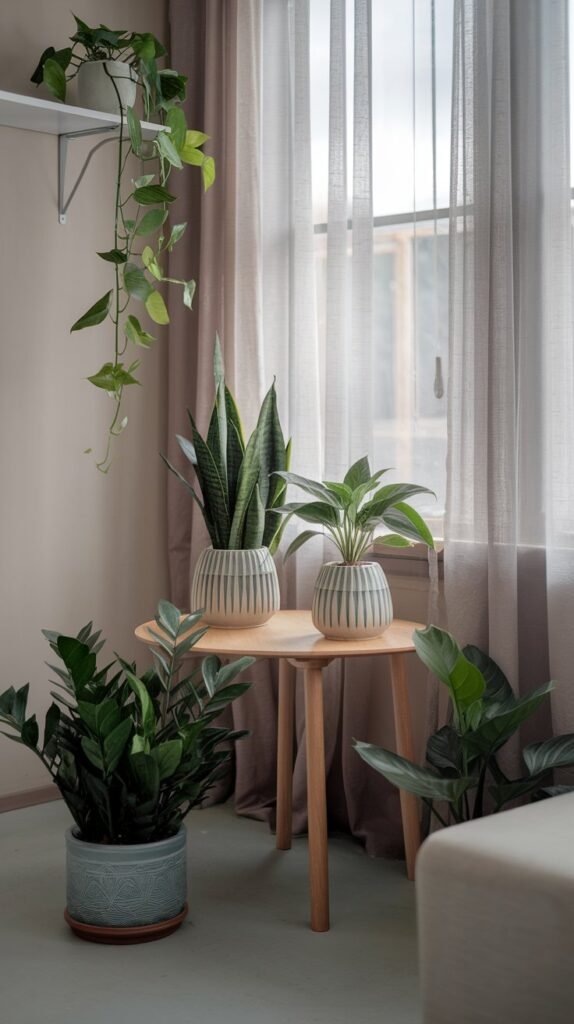
Hey there, plant lovers! Have you ever walked into a room and thought, “This space could use some greenery,” only to realize it barely gets any sunlight? I’ve been there. When I moved into my first city apartment years ago, I was determined to fill it with plants. But with tiny windows and tall buildings blocking the sun, my green friends started wilting fast. That’s when I discovered the magic of low light indoor plants. As Ashley Scott, with 10 years of gardening experience under my belt, I’m here to share my top picks for the best indoor plants for low light conditions. Whether you’re a beginner or a seasoned plant parent, this guide will help you transform even the dimmest corners into a green oasis. Let’s dive in!
What Are Low Light Conditions?
First things first—what exactly do we mean by low light conditions? In the world of indoor plants, light levels are broken down like this:
- Bright Light: Direct sunlight for most of the day, like near a south-facing window.
- Medium Light: Indirect or filtered sunlight, think east or west-facing windows.
- Low Light: Minimal natural light—north-facing windows, rooms far from windows, or spaces shaded by buildings or trees.
If your room feels dim during the day or doesn’t get direct sun, you’re dealing with a low light area. But don’t worry—plenty of plants thrive in these conditions, and I’ve tested them all in my own home over the years. Curious if your space qualifies? Stand in it during the day. If you can’t read a book without turning on a light, it’s probably low light.
Why Choose Plants for Low Light?
You might be wondering, “Why bother with plants if my space is so dim?” Well, aside from making your home look amazing, low light plants can purify the air, boost your mood, and even survive with minimal fuss. I learned this the hard way when my sun-loving plants kept dying in my old apartment. Switching to plants that need low light indoor was a game-changer—and it can be for you too.
Top 10 Best Indoor Plants for Low Light Conditions
Here’s my hand-picked list of the best indoor plants for low light conditions, complete with personal stories and tips from my decade of gardening. These plants are tough, beautiful, and perfect for anyone in the USA looking to green up a shady spot.
1. Snake Plant (Sansevieria)
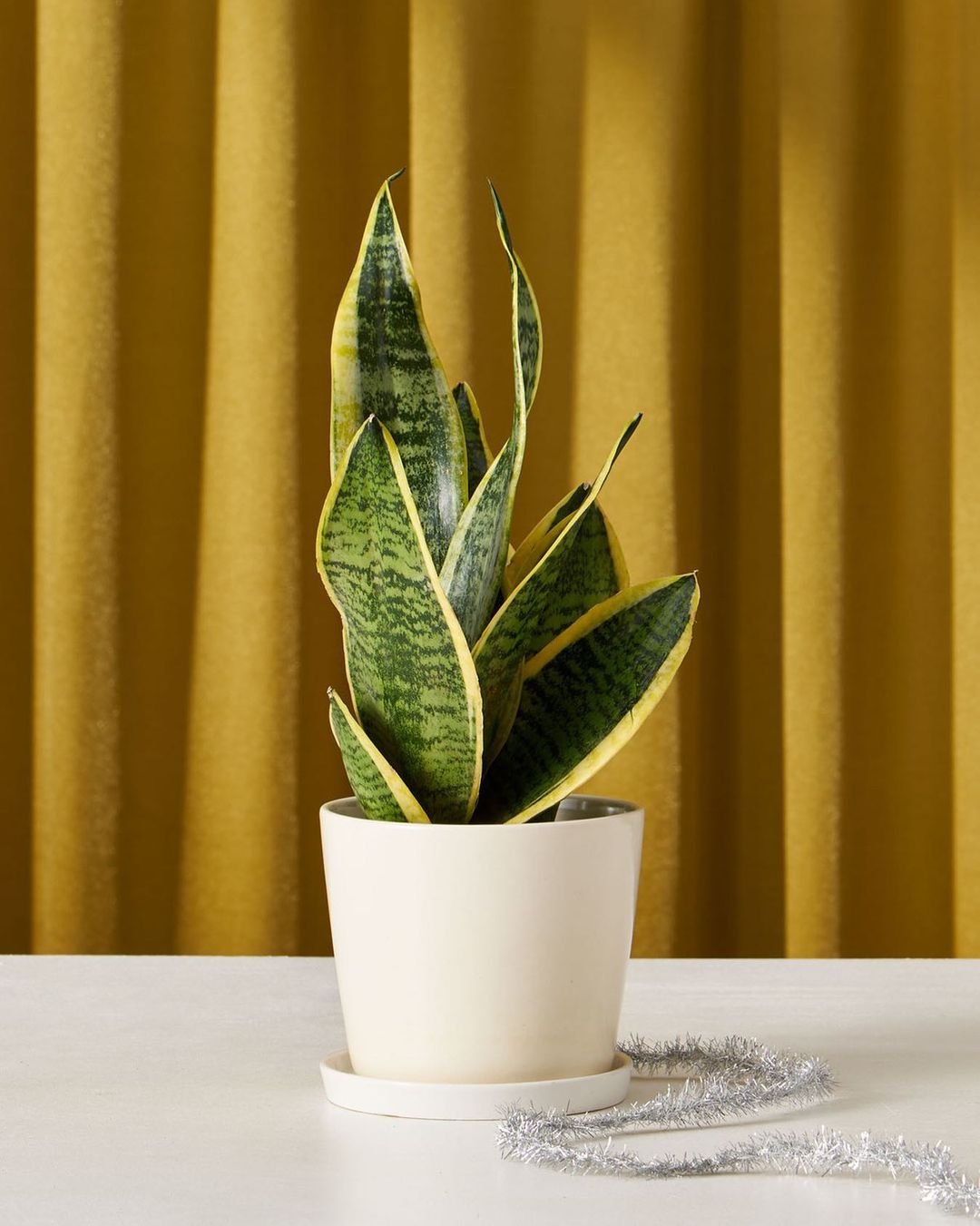
The Snake Plant is a superstar among low light indoor plants. Its long, upright leaves look like green swords, and it can handle anything from bright light to near-darkness. Plus, it’s super low maintenance—water it every few weeks, and it’s happy.
- Why I Love It: I’ve got a Snake Plant in my bedroom, where the light is practically nonexistent. It’s been thriving for years and even sprouted new shoots without me doing much.
- Care Tip: Let the soil dry out completely between waterings—it hates soggy roots.
2. ZZ Plant (Zamioculcas zamiifolia)
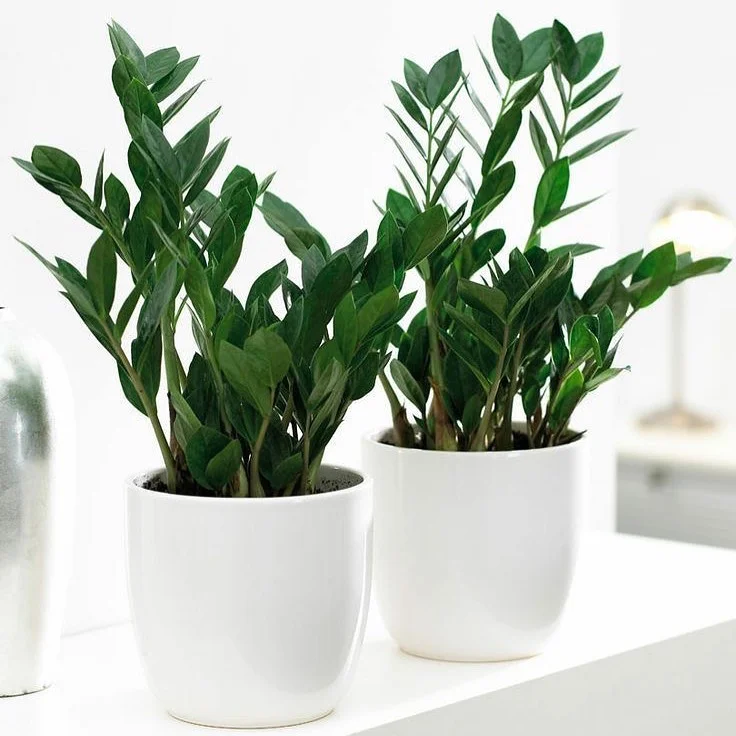
If you need a plant for very low light indoor plants, the ZZ Plant is your go-to. Its glossy, waxy leaves add a touch of class, and it’s practically indestructible. It’s also drought-tolerant, so it’s great for busy folks.
- Personal Insight: Mine sits in a shadowy corner of my living room. It grows slowly, but it’s never complained about the lack of light.
- Care Tip: Water sparingly—once a month is usually enough.
3. Pothos (Epipremnum aureum)
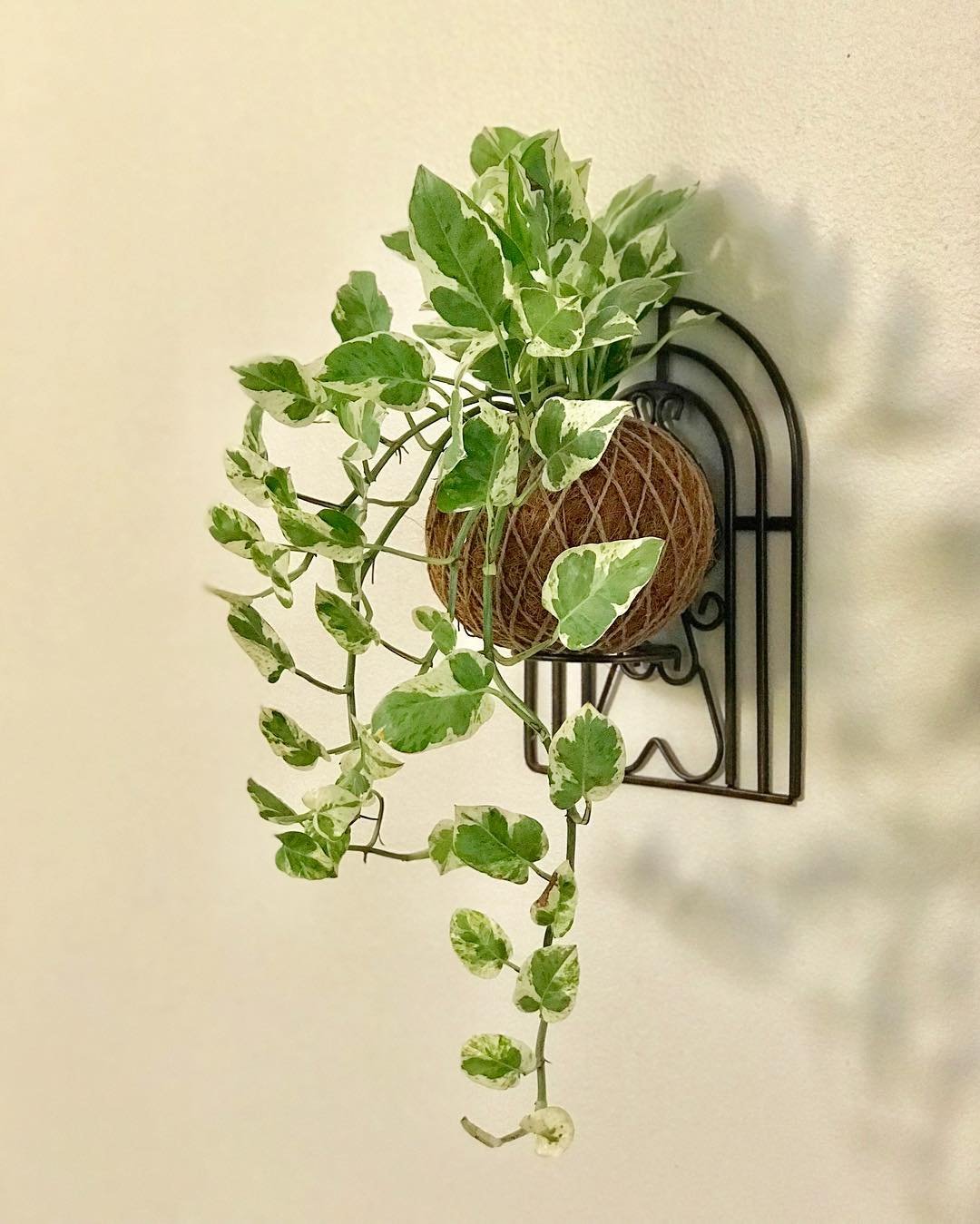
The Pothos is a versatile beauty that’s one of the best indoor plants low maintenance and perfect for low light conditions. Its trailing vines are ideal for shelves or hanging baskets, and it can even grow in water.
- My Story: I forgot to water my Pothos for weeks once while on vacation. Came back, and it was still lush and green—talk about forgiving!
- Care Tip: Trim the vines to keep it bushy or let it trail for a dramatic effect.
4. Chinese Evergreen (Aglaonema)
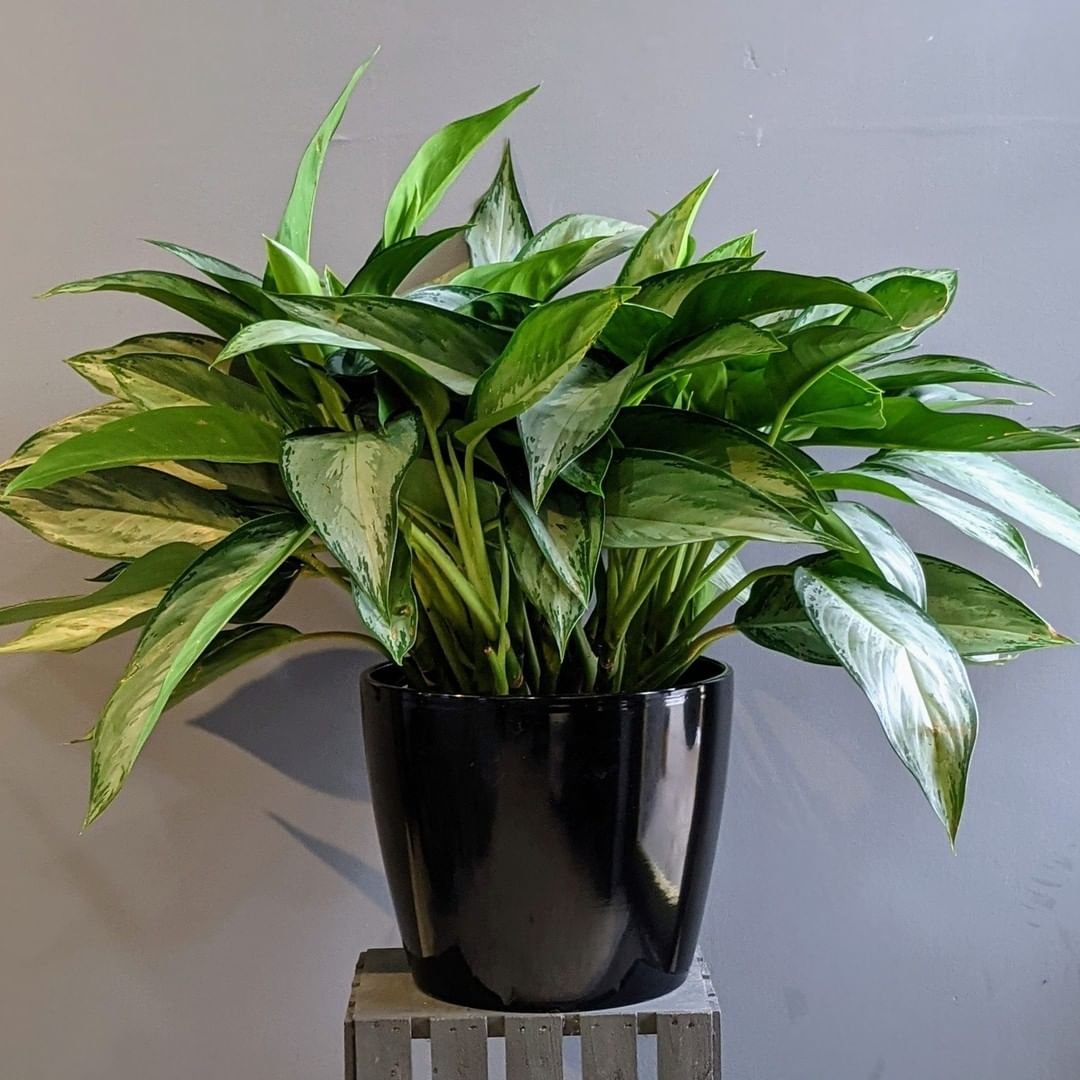
The Chinese Evergreen brings color to low light indoor plants with its variegated leaves—think shades of green, silver, or even pink. It’s a great choice for adding personality to dim spaces.
- Experience: I keep one in my office under artificial light, and it’s been a cheerful companion for years.
- Care Tip: Keep the soil slightly moist but never waterlogged.
5. Peace Lily (Spathiphyllum)
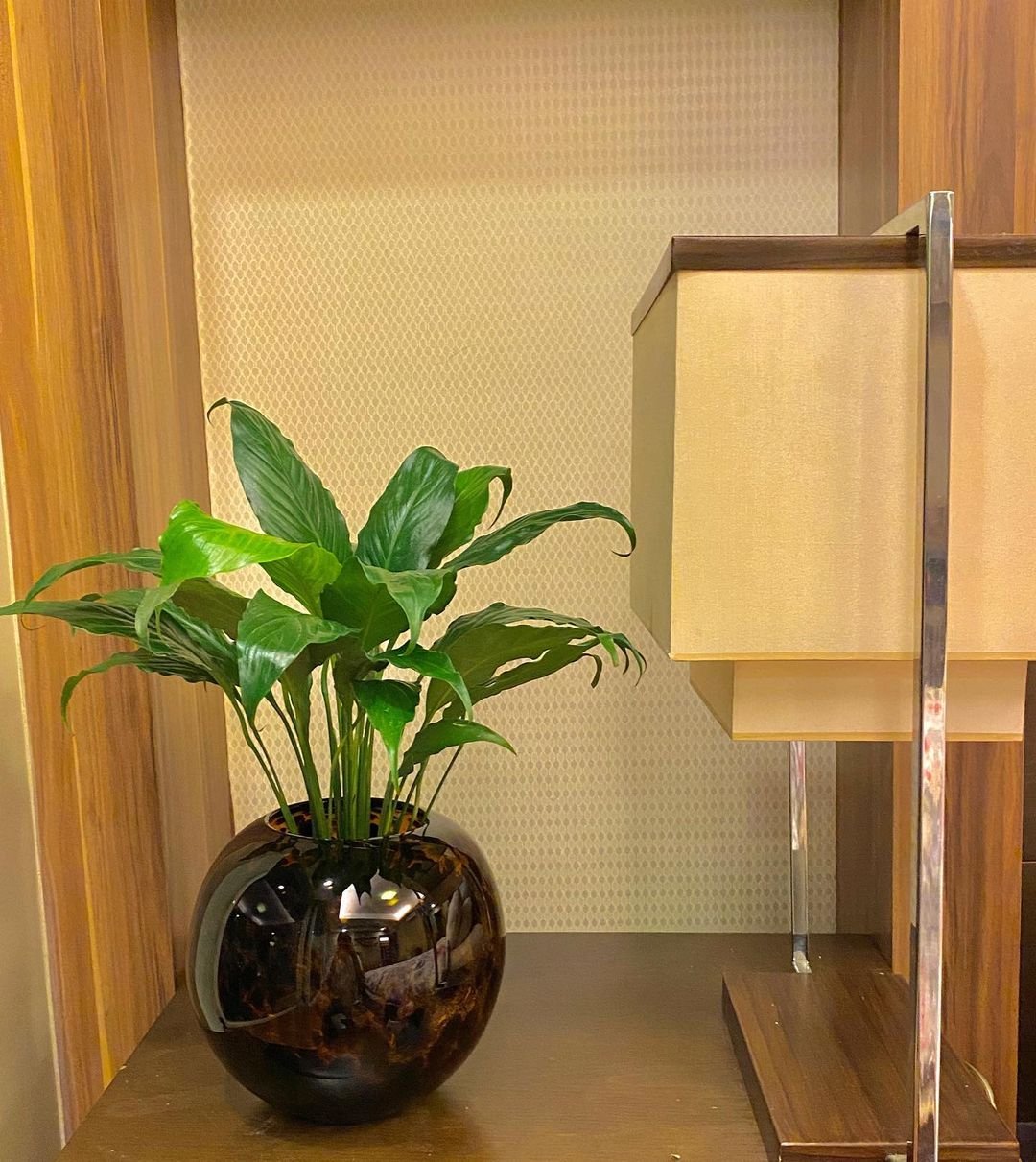
Looking for one of the best indoor flowering plants for low light? The Peace Lily is it. Its white blooms brighten up shady spots, and it’s known for cleaning the air too.
- Anecdote: Mine droops like a drama queen when it’s thirsty, which is my cue to water it. It perks right back up!
- Care Tip: Keep the soil consistently moist, especially in low light.
6. Philodendron
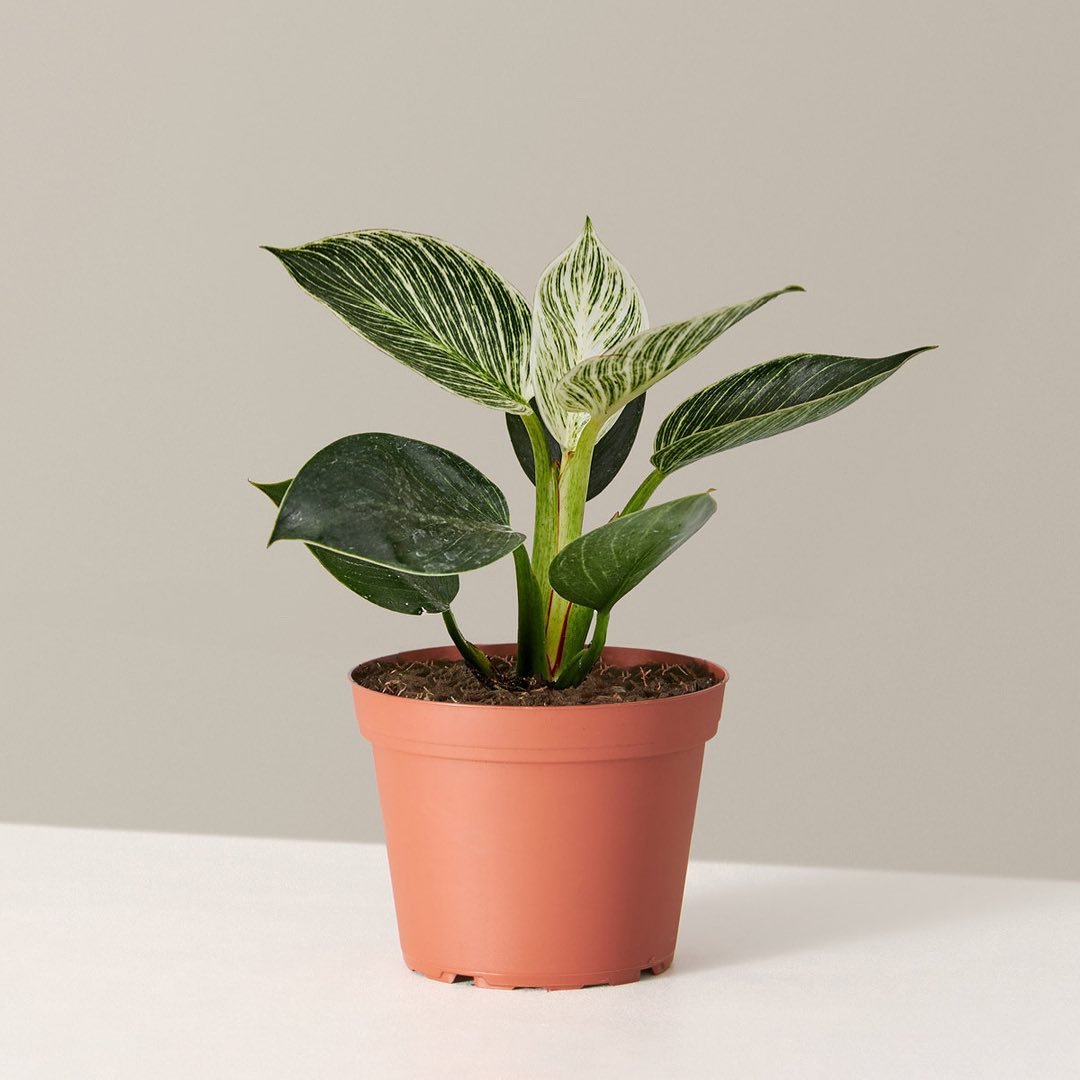
The Philodendron family offers tons of options for low light plants. From heart-shaped leaves to climbing vines, they’re easy to grow and propagate.
- Personal Note: My heartleaf Philodendron has survived years of repotting and still looks amazing in my low-light hallway.
- Care Tip: Let the top inch of soil dry out before watering.
7. Dracaena
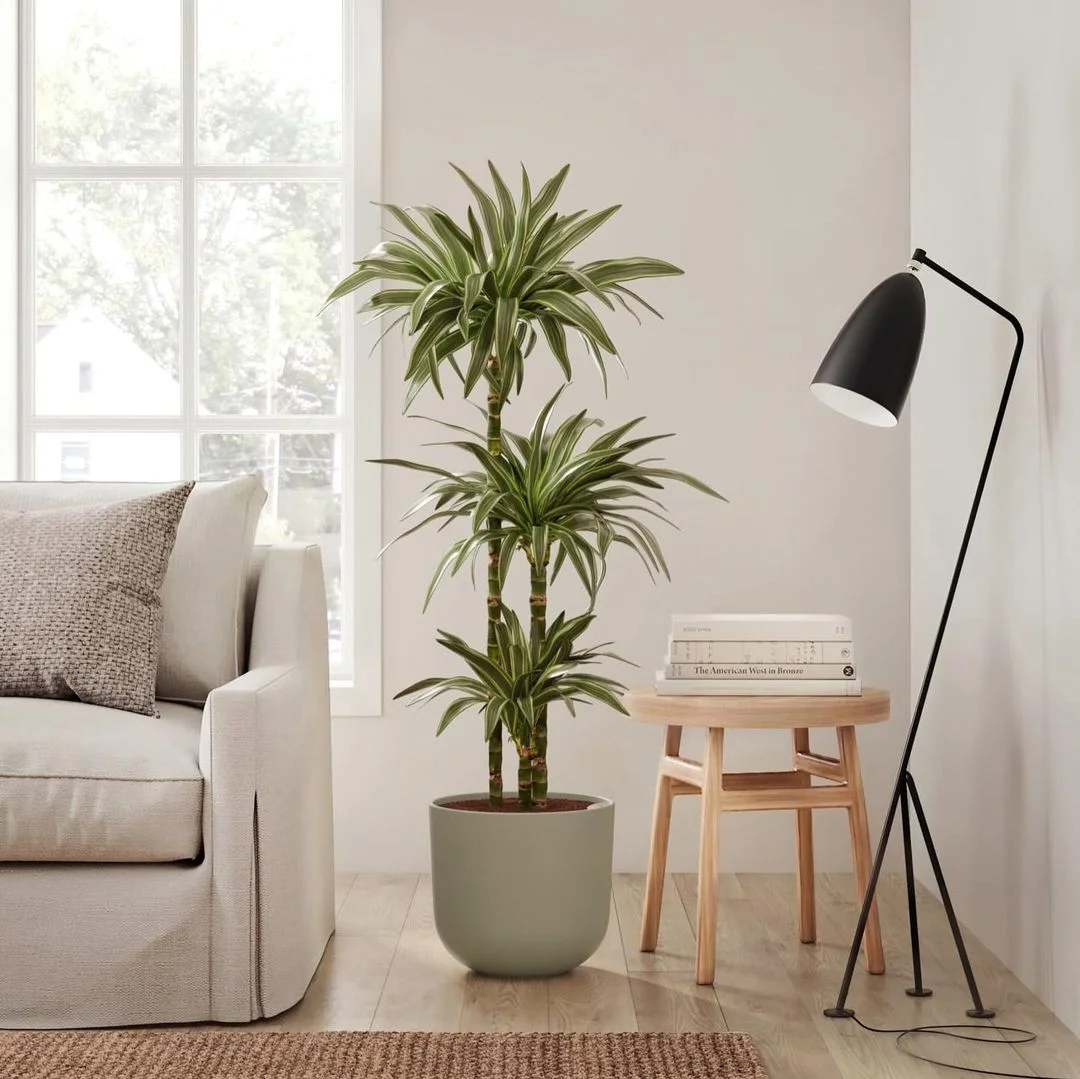
For tall low light plants, Dracaena is a fantastic pick. Its long, elegant leaves make it a statement piece, and many varieties tolerate low light well.
- Tip: I love the Dracaena marginata for its striking red-edged leaves—it’s been a centerpiece in my dining room.
- Care Tip: Water moderately and avoid overwatering.
8. Spider Plant (Chlorophytum comosum)
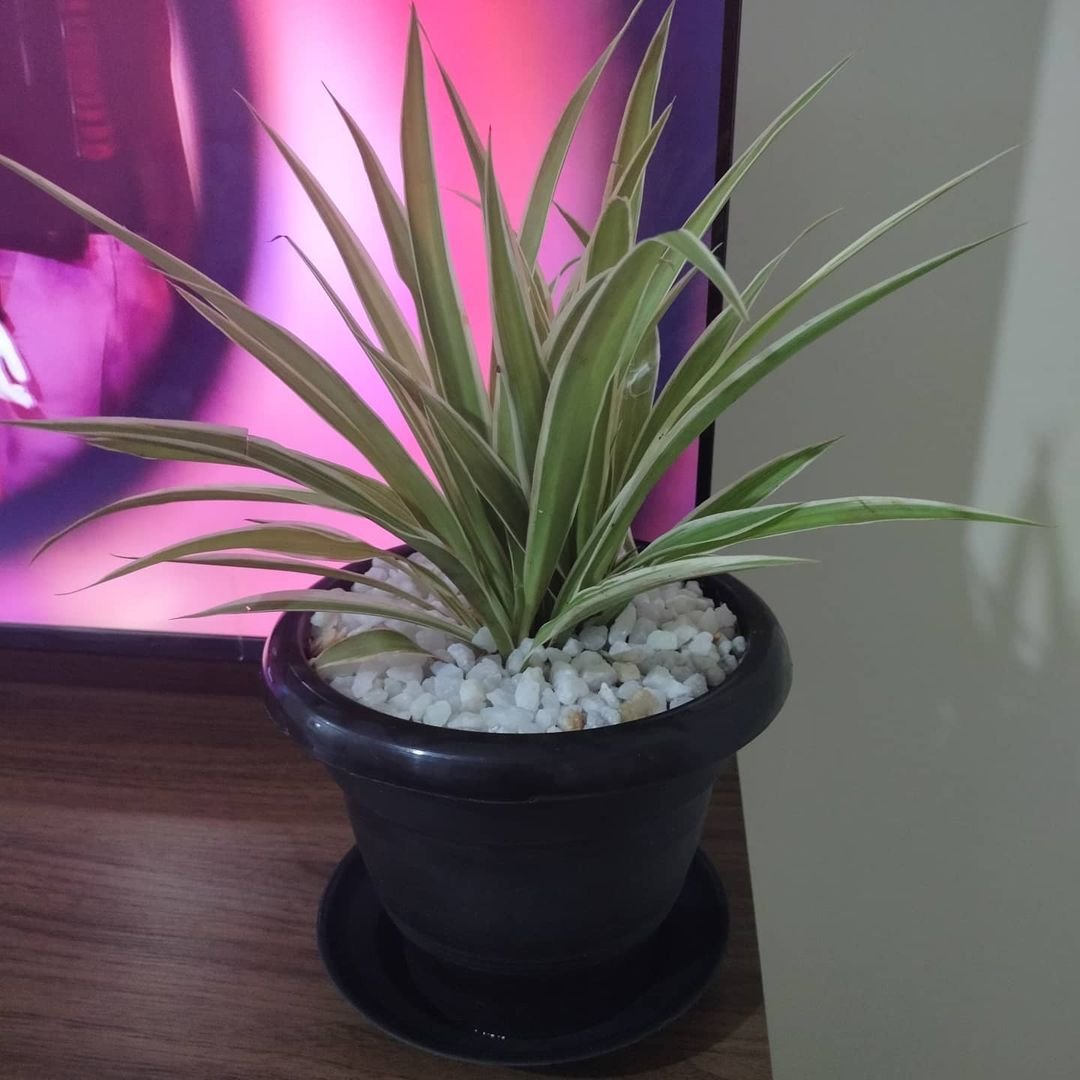
The Spider Plant is a classic that adapts to low light conditions, though it prefers medium light. Its arching leaves and baby “spiderettes” are a fun bonus.
- Story: Mine’s been through three moves with me, and it’s still kicking—proof it’s tough!
- Care Tip: Water when the soil feels dry, and propagate those spiderettes for free plants.
9. English Ivy (Hedera helix)
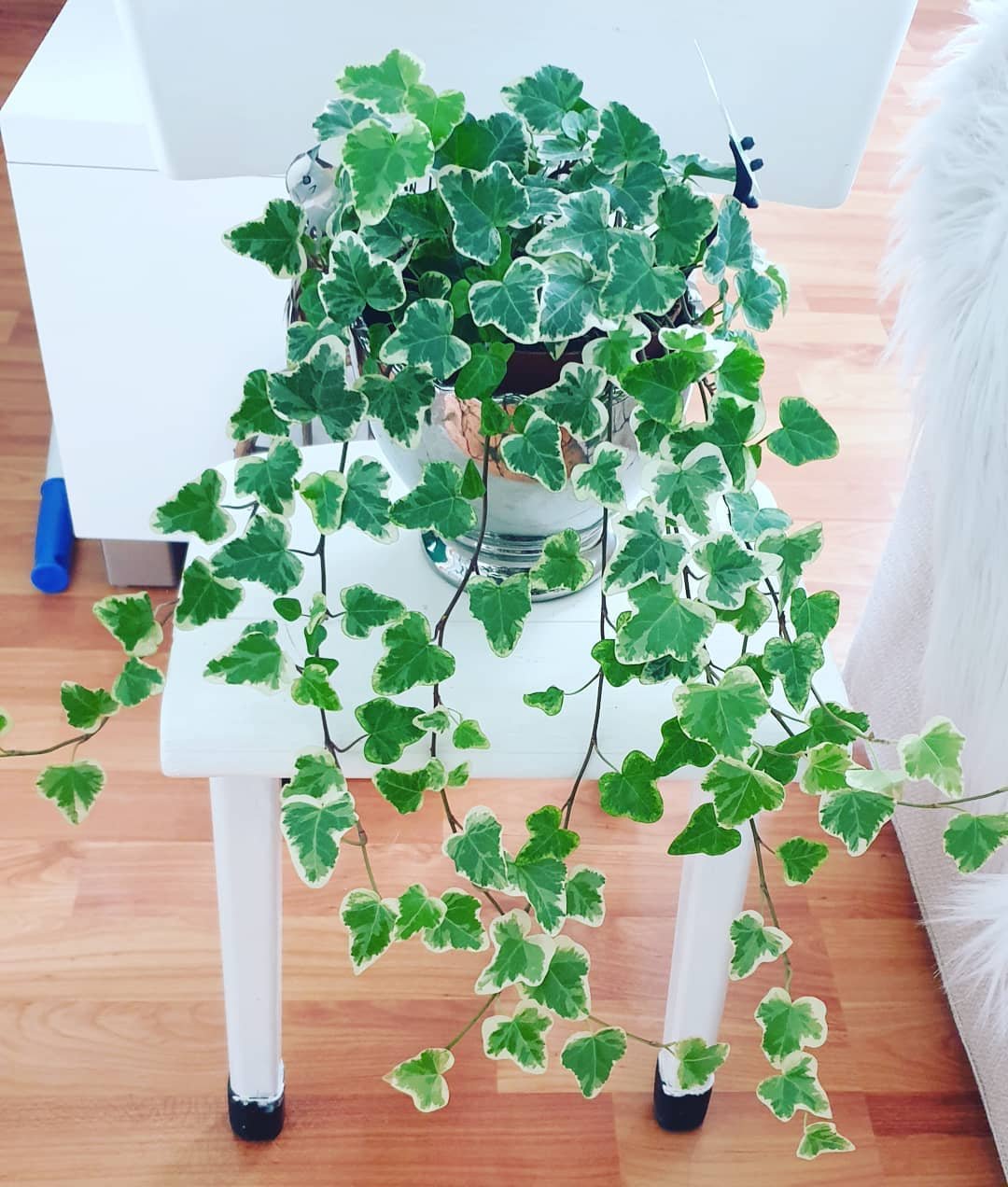
English Ivy is perfect for hanging or climbing in low light indoor plants. It grows slower in dim light but still adds a lush, cascading vibe.
- Experience: I’ve got one in my bathroom, where it loves the humidity and tolerates the low light.
- Care Tip: Keep the soil moist and mist the leaves occasionally.
10. Cast Iron Plant (Aspidistra elatior)
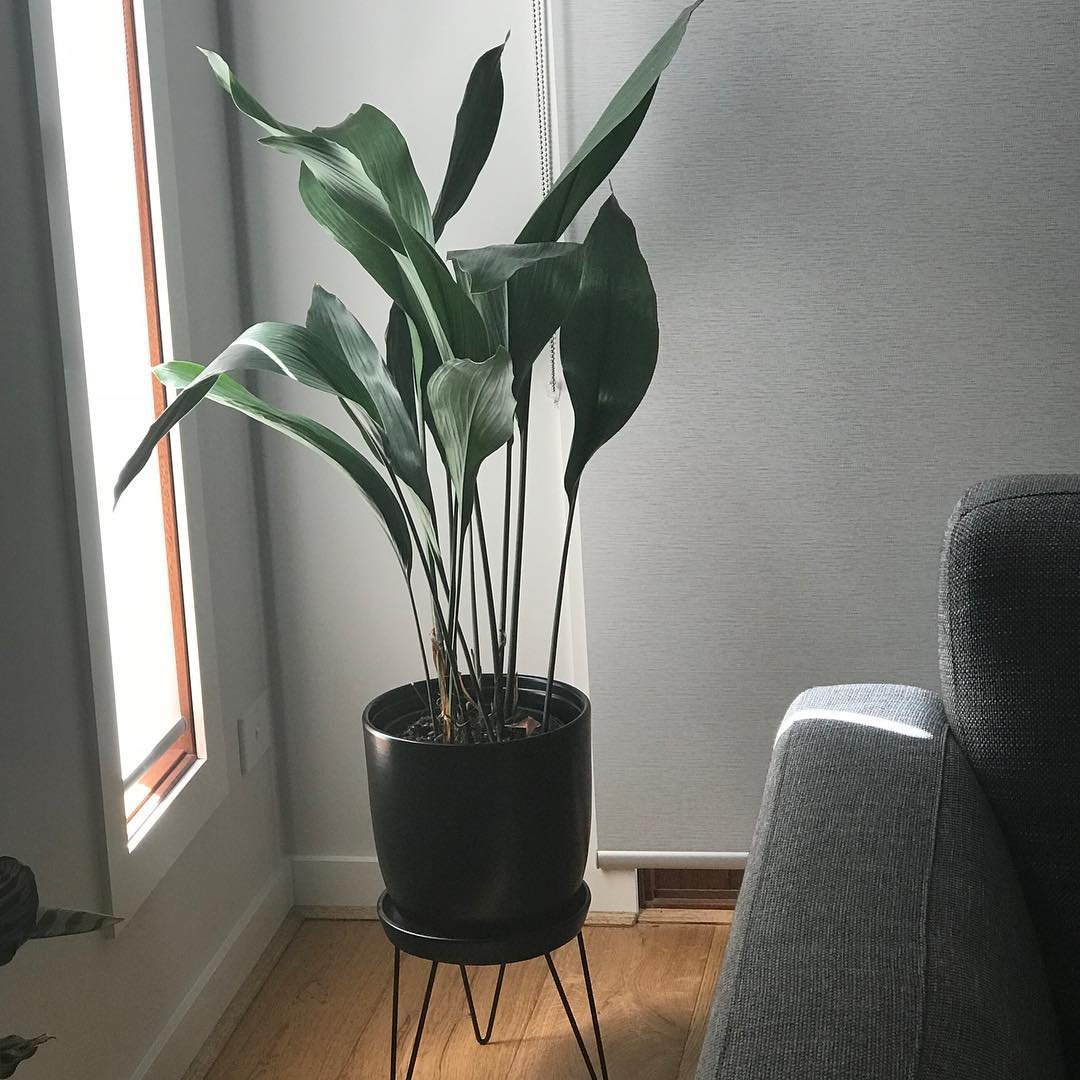
The Cast Iron Plant lives up to its name—it’s one of the toughest plants that require low light indoor. It’s slow-growing but can last forever with minimal care.
- Insight: I stuck one in a dark hallway years ago, and it’s still going strong where nothing else would grow.
- Care Tip: Water only when the soil is dry—it’s nearly impossible to kill.
Care Tips for Low-Light Plants
Even the best house plants for low light need a little TLC to shine. Here’s what I’ve learned over the years:
- Watering: Most low light plants use less water since they’re not photosynthesizing as much. Check the soil—if it’s dry an inch down, it’s time to water.
- Soil: Use a well-draining mix to avoid root rot. I swear by adding some perlite to my potting soil.
- Fertilizing: Feed them a balanced liquid fertilizer every 4-6 weeks in spring and summer. Skip it in winter when growth slows.
- Cleaning: Dust those leaves! It helps them soak up what little light they get.
Want more detailed care advice? Check out my guide on How to Care for Indoor Plants over at USA Garden Hub.
Common Mistakes to Avoid
I’ve made my fair share of plant-parenting blunders. Here’s what to watch out for:
- Overwatering: The top killer of low light indoor plants. When in doubt, water less, not more.
- Ignoring Distress Signals: Yellow leaves? Drooping? It’s your plant talking—don’t ignore it.
- Total Darkness: Plants that need low light indoor still need some light. A pitch-black closet won’t cut it.
Low Light Plants for Specific Needs
Not all low light plants are one-size-fits-all. Here’s how to match them to your space:
- Small Low Light Indoor Plants: Try a compact Chinese Evergreen, a baby Philodendron, or a petite Snake Plant for tight spots.
- Large Low Light Indoor Plants: Go big with a Dracaena, a mature ZZ Plant, or a tall Snake Plant.
- Very Low Light Indoor Plants: The ZZ Plant and Cast Iron Plant can handle the darkest corners.
- Low Light Indoor Trees: A Dracaena can double as a mini indoor tree in low light.
What about folks in India asking about best indoor plants for low light conditions in India? These plants work great there too, but you might also love the Money Plant (a Pothos cousin) or Rubber Plant, which handle low light indoor plants India climates well.
FAQ: Your Low Light Plant Questions Answered
I get a lot of questions about what are the best indoor low light plants, so let’s tackle some common ones:
What indoor plants do well with low light?
All 10 plants on this list! My top picks for beginners are Snake Plant, Pothos, and ZZ Plant because they’re so forgiving.
Can indoor plants survive with no light at all?
Nope! Even plants that require low light indoor need some light to photosynthesize. Artificial light can help in really dim spots.
What are good indoor low light plants that flower?
The Peace Lily is your best bet—it’s the star of best indoor flowering plants for low light.
How often should I water low light plants?
It varies, but generally, water when the top inch of soil is dry. Low light conditions mean less frequent watering than bright spaces.
Conclusion: Bring Green to Your Low Light Life
You don’t need a sun-drenched home to enjoy the beauty of indoor plants. With these best indoor plants for low light conditions, you can turn any dim corner into a thriving green escape. I’ve seen it work wonders in my own spaces—from my shadowy bedroom to my barely-lit office. These plants aren’t just survivors; they’re stars.
Ready to give it a shot? Pick one (or three!) from this list and watch your home come alive. Have questions or want to share your own low light plants success stories? Drop a comment below—I’d love to hear from you! For more gardening tips, swing by my site at USA Garden Hub.
Happy planting!

